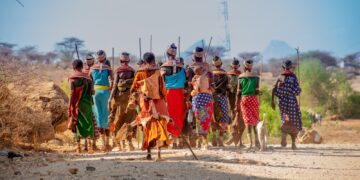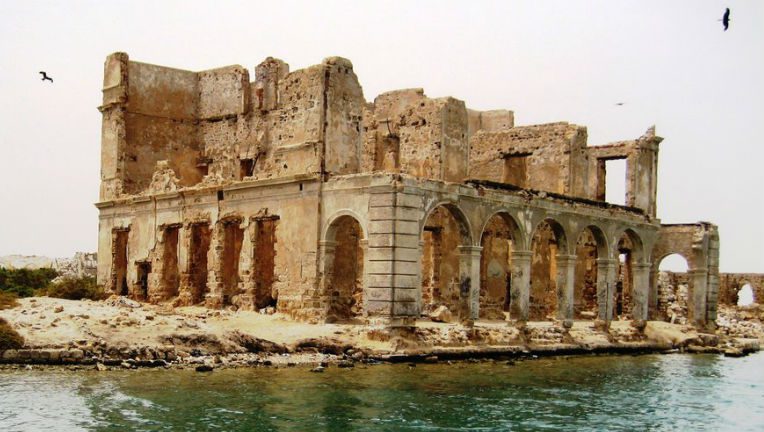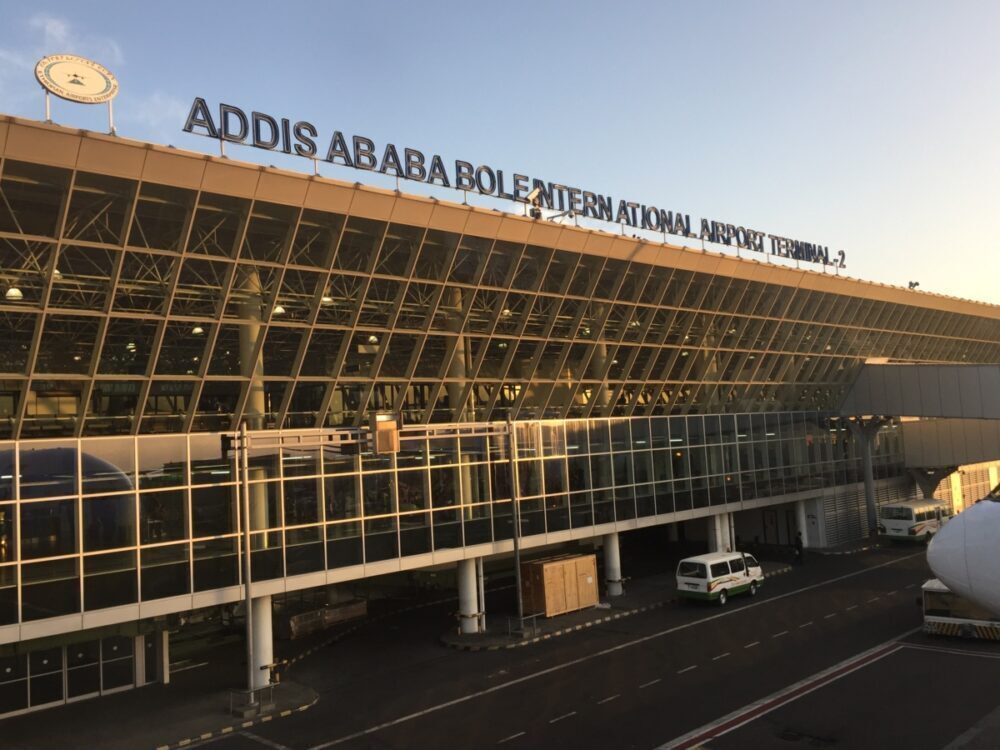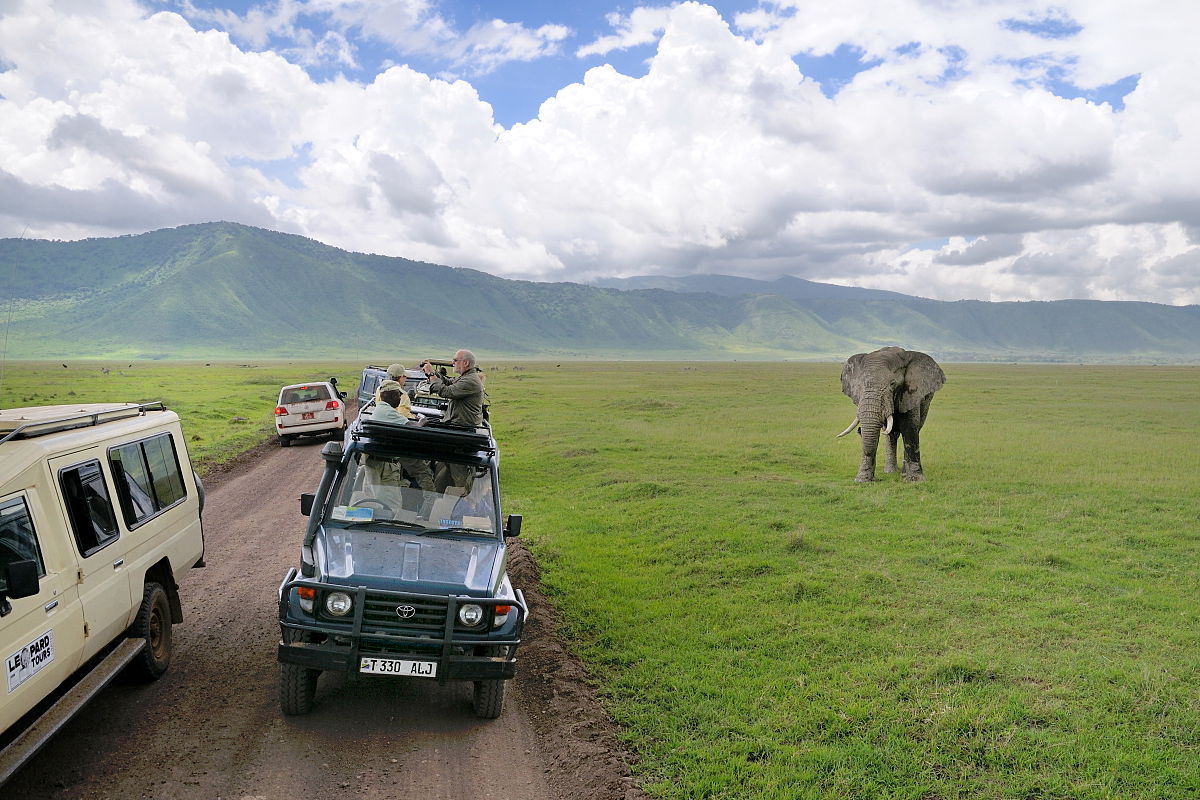
Tanzania and Burundi have received the green light to market some of their tourist attractions individually rather than under the joint initiative of the East African Community.
The Eighth Sectoral Ministerial Meeting held in Arusha last week agreed to amend the EAC Tourism and Wildlife Protocol, in favour of the two countries.
Under the protocol, ratified seven years ago, partner states agreed to sell the region as a single tourist destination while ensuring sustainable use of wildlife and other tourist attractions.
However, it was not implemented as Tanzania kept pushing for the changes.
At the Arusha meeting, Kenya, Uganda and Rwanda maintained their positions that the protocol should not be changed.
The meeting was attended by Tanzania’s Minister for Natural Resources and Tourism Dr Hamisi Kigwangala, Uganda’s Minister for Tourism, Wildlife and Antiquities Ephraim Kamuntu and representatives from Kenya, Rwanda and Burundi.
Dr Kigwangala said that Tanzania is seeking changes in the protocol in order to safeguard its tourist attractions.
“At 32 per cent, Tanzania has set aside a large portion of its land for wildlife conservation and nature tourism, while Kenya has set aside only seven per cent,” said Dr Kigwangala.
About 300,000 square kilometres of Tanzania’s total land area of 945,000 square kilometres has been set aside for game reserves, open wildlife areas and forests. The country has 16 national parks covering 50,000 sq km, while the Selous Game Reserve alone covers 52,000 sq. km.
Sections 115 (1-3) and 116 of the EAC Treaty state that the bloc can establish policies, strategies and other ways to promote tourism while each country remains the key custodian and administrator of all wildlife and tourism activities within its borders.
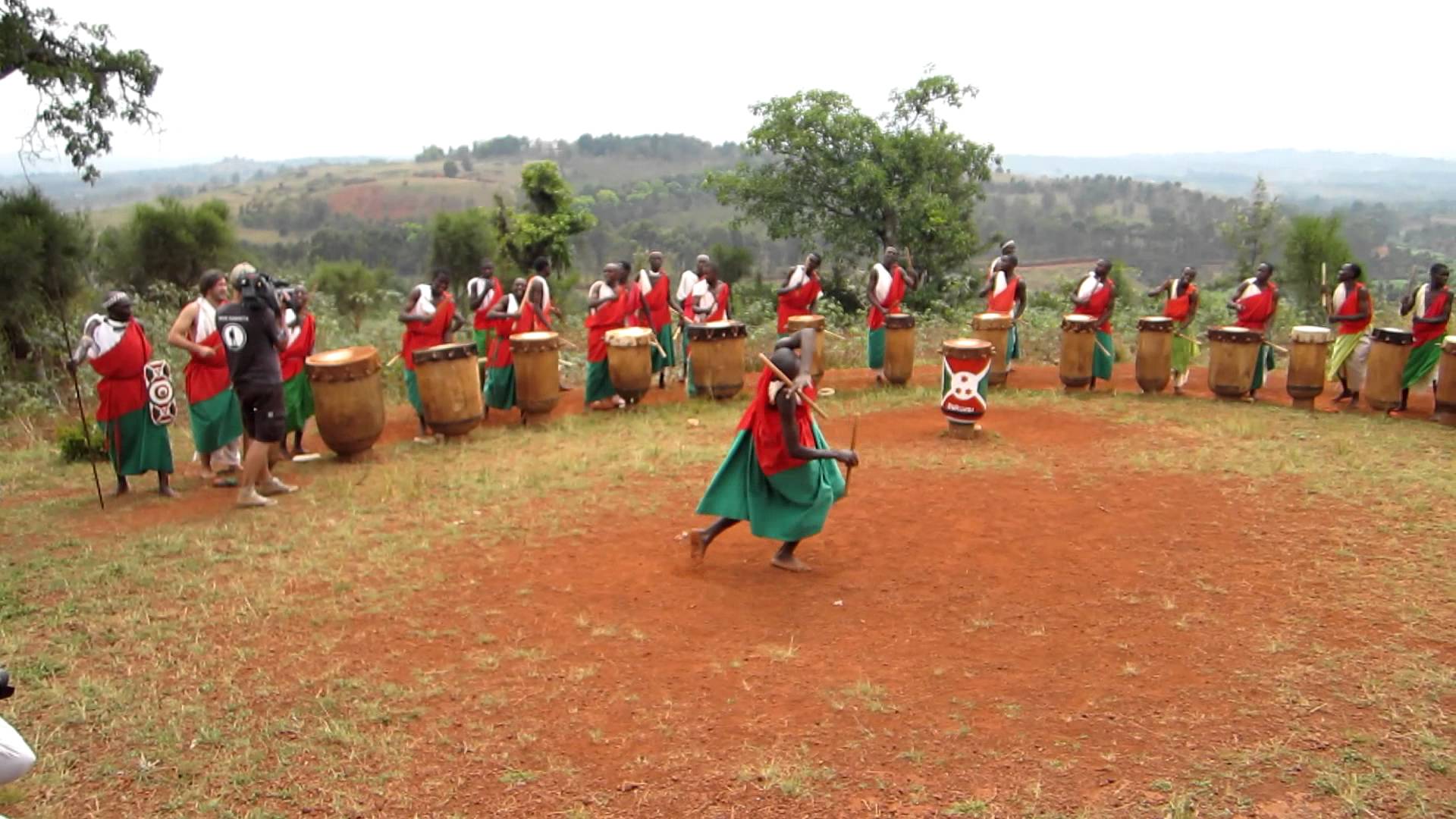 The executive secretary of the Tanzania Association of Tour Operators, Siril Akko, said that members support the government’s position on changes to the EAC protocol.
The executive secretary of the Tanzania Association of Tour Operators, Siril Akko, said that members support the government’s position on changes to the EAC protocol.
“We agree that Tanzania should market some of its tourist attractions under its own banner, but, we still look forward to regional marketing strategies under the East African banner,” said Mr Akko.
Kenya and Tanzania have been tourism business rivals for decades.
It is estimated that about 40 per cent of the 1.3 million tourists visiting Tanzania each year pass through the Jomo Kenyatta International Airport in Nairobi before crossing into Tanzania to visit national parks on the northern circuit.
Last year, tourists injected $2.2 billion into the Tanzanian economy.
Mount Kilimanjaro in Tanzania and the mountain gorillas in Rwanda and Uganda are unique tourist attractions in East Africa.














